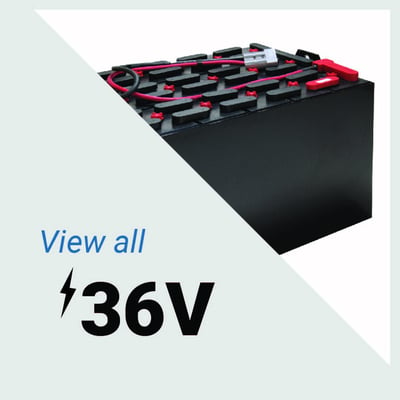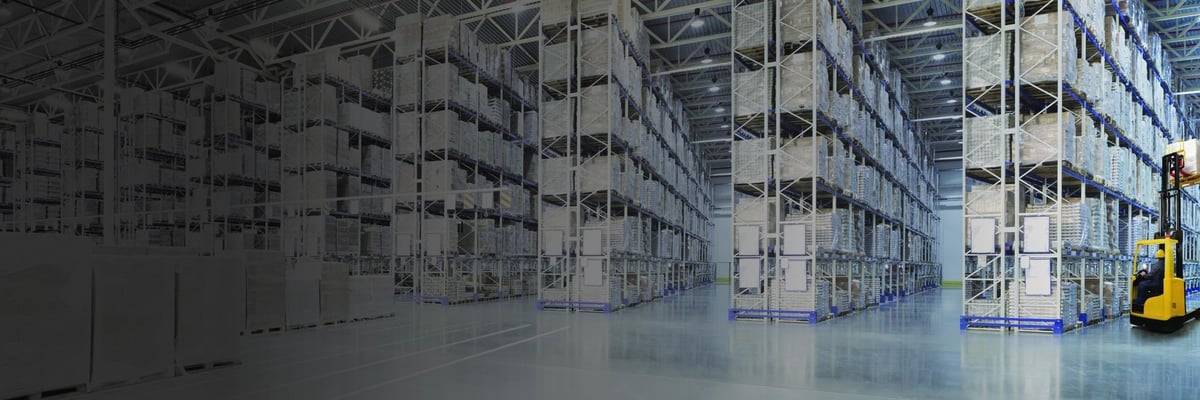
Cutting Energy Costs with Forklift Batteries
In today’s fast-paced industrial landscape, cutting energy costs is more crucial than ever. With rising energy prices and an increasing focus on sustainability, businesses are constantly seeking innovative solutions to optimize their operations. One of the most effective ways to achieve this is through the utilization of forklift batteries. This article delves into the various aspects of cutting energy costs with forklift batteries, exploring their types, benefits, and how they can significantly reduce operational expenses.
Cutting Energy Costs with Forklift Batteries
When it comes to lifting and transporting materials in warehouses and manufacturing facilities, forklifts play a vital role. However, traditional fuel-powered forklifts can be costly in terms of energy consumption and maintenance. Enter forklift batteries—an economical and eco-friendly alternative that not only helps businesses save money but also contributes to a greener environment.
Understanding Different Types of Forklift Batteries
There are several types of forklift batteries available in the market today. Understanding these can help you make informed decisions about which battery type best suits your needs.
1. Lead-Acid Batteries
Lead-acid batteries have been the industry standard for many years. These batteries are known for their reliability, affordability, and robustness. They come in two main types: flooded lead-acid (FLA) and sealed lead-acid (SLA).
- Flooded Lead-Acid (FLA): These require regular maintenance, including water top-ups and cleaning terminals to prevent corrosion.
- Sealed Lead-Acid (SLA): These are maintenance-free and safer since they do not release gases during operation.
While lead-acid batteries are cost-effective upfront, they may require frequent replacements due to wear over time.
2. Lithium-Ion Batteries
Lithium-ion batteries have gained immense popularity in recent years due to their efficiency and long lifespan. Here’s what sets them apart:
- Higher Efficiency: They charge faster than lead-acid counterparts.
- Longer Lifespan: With a lifespan of up to 10 years, lithium-ion batteries often outlast traditional options.
- Low Maintenance: No need for regular checks or water filling.
Although they come with a higher initial price tag, businesses can see significant savings over time due to lower operating costs and longer life expectancy.
The Financial Impact of Forklift Battery Choices
Choosing the right forklift battery can directly influence your bottom line. Let’s break down some key financial considerations involved in selecting forklift batteries.
1. Initial Investment vs. Long-Term Savings
When considering cutting energy costs with forklift batteries, it's essential to weigh your initial investment against potential long-term savings:
| Battery Type | Initial Cost | Lifespan | Maintenance Cost | Total Cost Over 5 Years | |---------------------|-------------------|----------------|--------------------|--------------------------| | Lead-Acid | $3,000 | 3-5 years | $500/year | $6,500 | | Lithium-Ion | $6,000 | 7-10 years | Minimal | $6,000 |
As illustrated above, while lithium-ion batteries may seem pricier at first glance, they offer substantial savings over time due to reduced maintenance and increased longevity.
2. Energy Efficiency Ratings
Energy efficiency plays a crucial role in determining overall 12 volt flat plate forklift batteries operational costs. Lithium-ion batteries boast higher energy efficiency ratings compared to lead-acid options:
- Lead-acid typically operates at around 70% efficiency.
- Lithium-ion achieves efficiencies upwards of 90%.
This means that for every dollar spent on charging a lithium-ion battery, businesses get more usable power compared to its lead-acid counterpart.
Operational Benefits of Efficient Forklift Batteries
Beyond just financial savings, efficient forklift batteries bring about numerous operational advantages that can enhance productivity within your forklift batteries business.
1. Increased Uptime
A major benefit when cutting energy costs with forklift batteries is the increased uptime achieved through advanced battery technology:
- Lithium-ion batteries charge rapidly—often within one hour.
- They allow for opportunity charging during breaks without damaging the battery's lifespan.
This means less downtime waiting for charges or replacements—a boon for busy warehouses!
2. Environmentally Friendly Operations
With heightened awareness around climate change impacts, many companies now prioritize sustainable practices:
- Switching from fossil-fuel-based systems to electric forklifts powered by lithium-ion or even renewable-energy-charged lead-acid systems reduces greenhouse gas emissions.
- Many manufacturers offer recycling programs for used forklift batteries promoting responsible disposal practices.
By choosing greener options like efficient electric forklifts combined with quality batteries, businesses contribute positively towards environmental sustainability while also appealing to eco-conscious consumers.
Frequently Asked Questions About Forklift Batteries
Q1: How long do forklift batteries typically last?
A1: The lifespan varies based on battery type; lead-acid generally lasts 3–5 years while lithium-ion can last between 7–10 years depending on usage patterns.
Q2: Are lithium-ion forklift batteries worth the investment?
A2: lead-acid forklift batteries Yes! Although they come with a higher initial cost compared to lead-acid options, their longevity and greater efficiency often result in lower total ownership costs over time.
Q3: What maintenance do lead-acid forklift batteries require?
A3: Regular maintenance tasks include checking electrolyte levels frequently (for flooded types), cleaning terminals regularly to prevent corrosion buildup, and ensuring proper charging practices are followed.
Q4: Can I use opportunity charging with my forklift?
A4: Yes! Opportunity charging is feasible especially with lithium-ion systems that allow for short charging sessions without harming performance or lifespan—perfect during breaks!
Q5: Do electric forklifts perform well outdoors?
A5: Absolutely! Electric forklifts equipped with robust weather-resistant features can perform efficiently outdoors as well as indoors when properly maintained according to manufacturer specifications.
Q6: How do I determine which battery type is right for my business?

Conclusion
Cutting energy costs with forklift batteries isn’t just about saving money; it’s also about enhancing productivity while adopting environmentally friendly practices that align with modern business expectations. By understanding different battery types like lead-acid versus lithium-ion—and weighing their pros & cons—you'll be better equipped to make informed decisions tailored specifically toward boosting both economic performance & sustainability initiatives alike!
Investing wisely now means potential dividends later—not 72 volt flat plate forklift batteries just financially but also socially through responsible corporate stewardship efforts aimed at preserving our planet's resources!